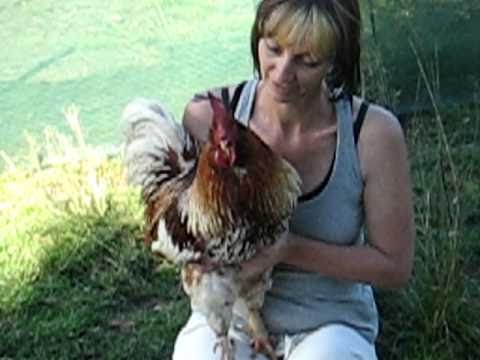I am taking this advice to heart and moving forward confidently.As for your regrets for reacting without thinking when he bit you, and pinning him when chasing him ( if it helped calm him down, then it helped and that's that )- don't hold onto your guilt or regrets, because it will hold you back from making important decisions in the future. This is, ultimately, your bird and not mine- I'm not seeing his immediate behaviour, so I'm unable to judge when general rules apply and when special rules apply- that's up to you and your judgement. You will always know your pet better than anyone else, even if that person is an "expert" in something. Also, animals don't hold grudges- they react to you as you are AT THAT MOMENT, so if you're holding onto the past, they'll register that and react to you differently than if you just interact with them in a here-and-now manner. Animals tend to give people clean slates at each new interaction, and it's the people's reactions that determine how that animal will react to them.
I already feel more at ease around him, and I think he does around me, too. Today, I caught him with very little freaking out. He knew it was coming and was pacing the fence, but I just slowly picked him up and he didn't jump or flap like normal. it was a wholly uneventful pick up. he is also taking treats right from my hand and then turning and giving them to the girls, which just makes me all warm and fuzzy inside

Quote: Can you tell me exactly how you correct the wing dance?
Here are the actions I have/can employ thusfar:
- pick up/football hold - forwards for good boy, backward for bad boy.
- head tap - only able to apply this if I am already holding him
- catch + pin - neck to ground - only did this once - when should it be used, specifically?
This being my first rooster, I can't quite comprehend what crowing "means" so your explanation was very helpful. I sometimes see him face all 4 cardinal directions and crow each direction, so I theorized it was him notifying everyone else that this was his territory. most of the time he just chatters quietly to me or the hens, but I am going to focus more on when and why he crows.



